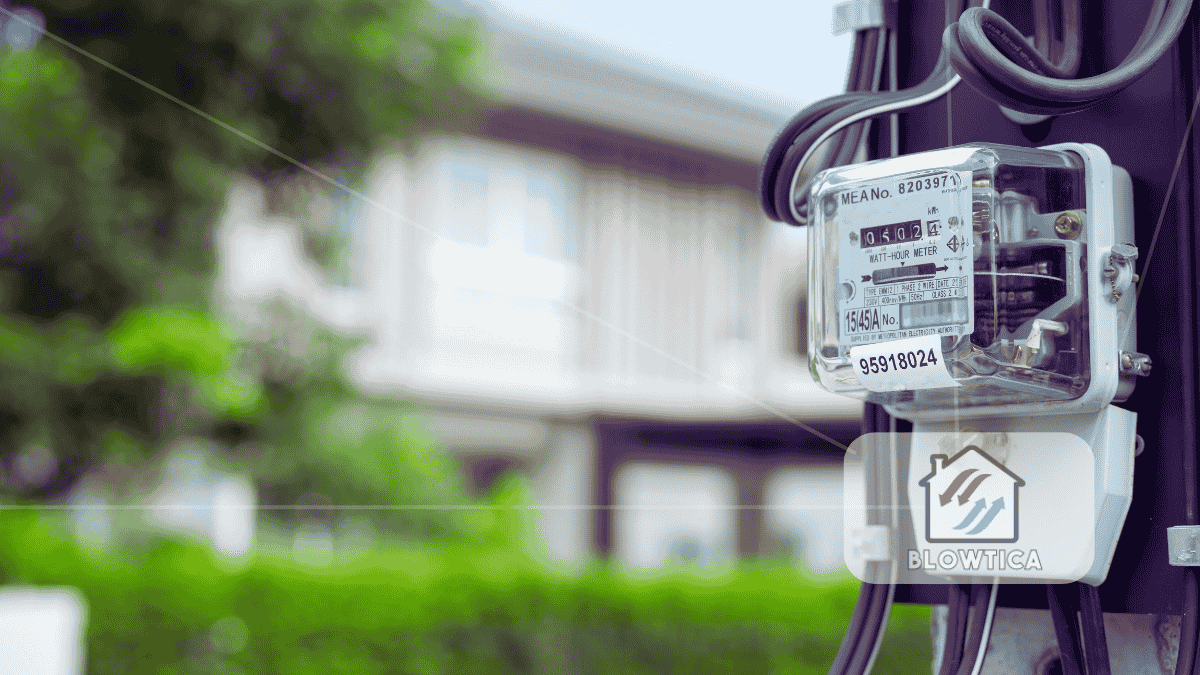
Your HVAC (heating, ventilation, and air conditioning) system is one of the biggest investments in your home. It’s responsible for keeping you comfortable year-round and accounts for a significant chunk of your energy expenses. Despite how widespread these systems are, misinformation about how they work is rampant. Many of these misunderstandings fall under the umbrella of common HVAC myths. And believing these myths doesn’t just lead to confusion, it can cause higher energy bills, poor performance, and costly breakdowns.
This article tackles the most common HVAC myths that are quietly draining your wallet and hurting your home’s comfort. We’ll separate fact from fiction and give you the practical knowledge to keep your system running efficiently.
Myth 1: You Only Need to Change the Filter Once a Year
One of the most common HVAC myths is that changing the air filter once a year is enough. In reality, a clogged air filter restricts airflow, forcing your system to work harder. That drives up energy use and accelerates wear and tear.
The Truth: Most systems need a new filter every 1 to 3 months, especially if you have pets, allergies, or live in a dusty area. Set a reminder to check it monthly. Clean filters boost airflow, reduce strain, and keep indoor air healthier.
Myth 2: Closing Vents in Unused Rooms Saves Money
Shutting vents in unused rooms seems like a good way to cut costs. But it disrupts airflow and increases pressure in the ducts. That added strain can lead to leaks, inefficiencies, and even mechanical issues over time.
The Truth: Your HVAC system was designed to balance air throughout your home. If you want better room-by-room control, consider investing in a zoned HVAC system or using smart vent technology instead.
Myth 3: A Larger HVAC Unit Heats or Cools More Efficiently
Bigger isn’t better when it comes to HVAC. Oversized units may cool or heat spaces quickly, but that speed causes them to shut off before properly dehumidifying or circulating air. This leads to uneven temperatures, discomfort, and higher wear on components.
The Truth: A unit that’s too large for your space is inefficient and expensive. HVAC systems should be sized based on a Manual J load calculation, which factors in your home’s size, insulation, layout, and more.
Myth 4: HVAC Maintenance Isn’t Necessary If It’s Working Fine
This is one of those common HVAC myths that often leads to major problems down the road. Just because your system seems fine now doesn’t mean it’s running efficiently or will stay reliable.
The Truth: Routine maintenance ideally every spring and fall keeps your HVAC in peak condition. It prevents minor issues from turning into costly repairs and ensures optimal performance year-round. Neglecting tune-ups can lead to surprise breakdowns and higher energy bills.
Myth 5: The Thermostat’s Location Doesn’t Affect Performance
It might not seem like a big deal, but placing a thermostat near windows, heat-producing appliances, or air vents can lead to inaccurate readings and poor performance.
The Truth: Thermostats should be installed in a central location away from direct sunlight, electronics, or drafts. This helps your system maintain the actual temperature you want not a skewed version of it.
Myth 6: Turning the Thermostat Way Up or Down Heats or Cools Faster
Another common HVAC myth is that cranking your thermostat beyond your desired temperature makes the system work faster. It doesn’t.
The Truth: HVAC units work at a steady pace. Setting your thermostat to an extreme temperature only makes the system run longer, not faster. Instead, use programmable settings to gradually adjust the temperature for comfort and efficiency.
Myth 7: HVAC Systems Only Control Temperature
Many homeowners think HVAC systems are all about hot and cold air. That mindset overlooks how crucial these systems are for air quality, humidity control, and ventilation.
The Truth: Your HVAC system filters out airborne contaminants, manages moisture levels, and circulates fresh air. Enhancing your system with air purifiers, dehumidifiers, or energy recovery ventilators can significantly improve indoor air quality.
Myth 8: High-Efficiency Systems Don’t Need Maintenance
Some homeowners believe that buying a high-efficiency system means they can skip upkeep. But this is one of the most damaging common HVAC myths.
The Truth: Even top-tier units lose efficiency over time without proper care. Dirt buildup, mechanical wear, and refrigerant leaks all reduce performance. To preserve efficiency, schedule regular inspections and tune-ups.
Myth 9: DIY Repairs Are Just as Good as Professional Service
Online tutorials have made it easier than ever to attempt home repairs but HVAC systems are complex and high-risk. One wrong move could void your warranty or make the issue worse.
The Truth: While you can handle simple tasks like changing filters or checking batteries, leave diagnostics, wiring, refrigerant, and repairs to licensed professionals. They have the expertise to fix problems safely and correctly.
Myth 10: Ceiling Fans Cool Rooms
A fan can make a room feel cooler, but it doesn’t lower the temperature. Leaving fans on in empty rooms wastes electricity.
The Truth: Fans are cool people, not spaces. They create a wind chill effect that makes you feel cooler. Use them while you’re in the room and turn them off when you leave.
Myth 11: You Should Wait Until the System Breaks to Replace It
A lot of homeowners push their HVAC system to the limit before replacing it. While this might seem like a money-saver, it can backfire.
The Truth: Old, inefficient systems can bleed money through high utility bills and frequent repairs. If your unit is over 10-15 years old and struggling, upgrading to a modern, energy-efficient model can pay off quickly in savings and comfort.
Myth 12: New Homes Don’t Need HVAC Checks
It’s easy to assume that new construction homes have perfectly functioning HVAC systems. But assumptions can cost you.
The Truth: Even in new builds, HVAC systems can be improperly installed or poorly balanced. Always have a trusted technician inspect your system within the first year to ensure it’s operating correctly.
The Real Cost of Believing HVAC Myths
Every one of these common HVAC myths leads to the same outcome: wasted money, lower efficiency, and reduced comfort. From airflow restrictions to oversized units and neglected maintenance, small misunderstandings can result in big expenses.
What You Can Do:
- Change filters regularly (every 1–3 months).
- Schedule professional maintenance in spring and fall.
- Keep vents open and unblocked.
- Use programmable or smart thermostats to manage usage.
- Invest in proper sizing and inspection before replacing or upgrading.
- Address indoor air quality with additional filtration or ventilation.
Be Smart About Your System
Understanding your HVAC system isn’t optional it’s essential for any homeowner who wants to save money and maintain a comfortable living space. Separating fact from fiction puts you in control, not outdated advice or misguided shortcuts.
Don’t let these common HVAC myths quietly drain your bank account or compromise your comfort. Get informed, make smart decisions, and work with qualified professionals to keep your home efficient, healthy, and reliably comfortable year-round.







